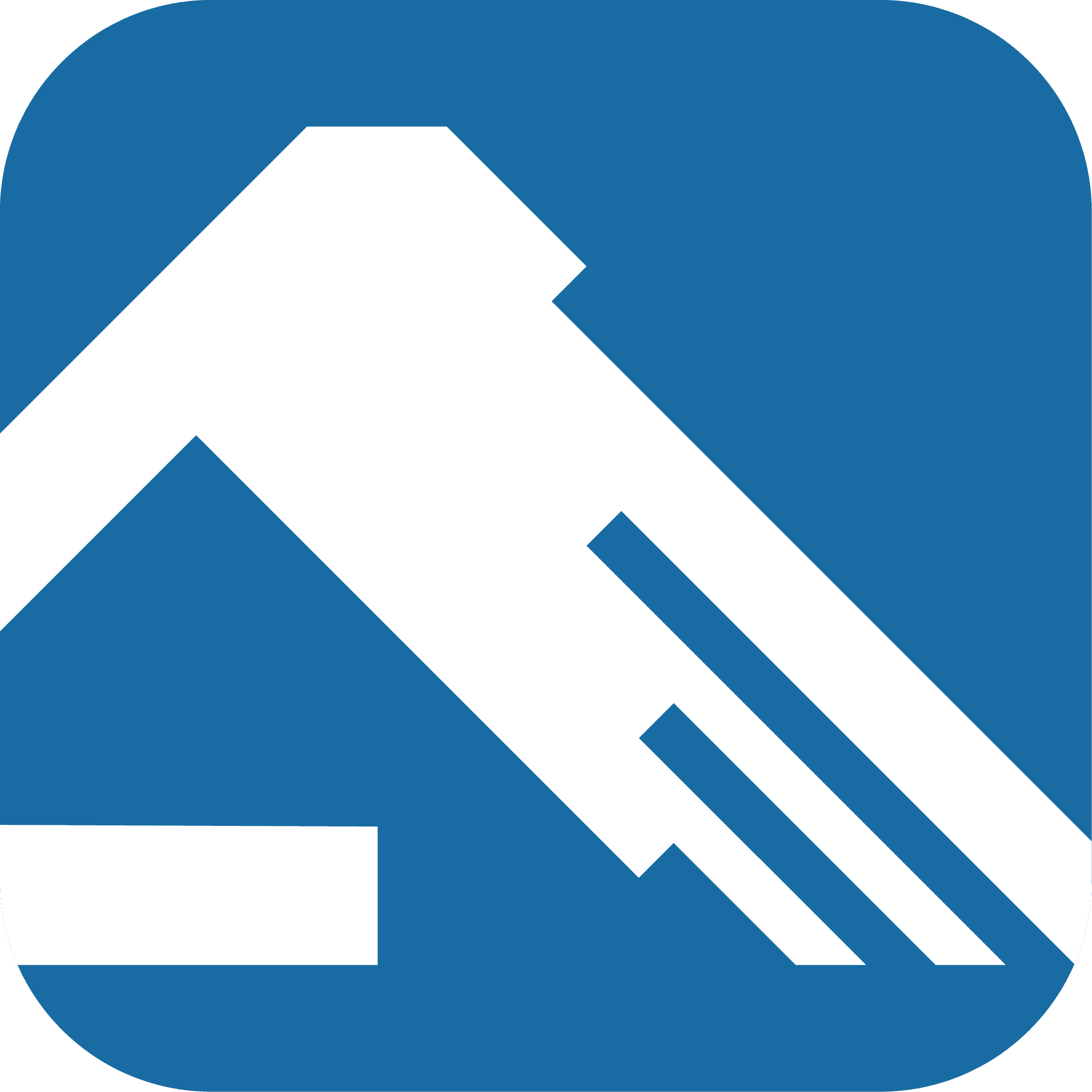
Automatic billet labeling system
Request information
Introduction
AlpRobBLS is a labeling system intended for use with materials at both high and low temperatures. Designed as an alternative to punch marking techniques, or tagging by nail gun or welding, the new invention uses heat-activated labels applied directly to the product using a special pad. This solution provides better flexibility, readability and a more complete amount of information.
Key features
Automatic direct (Print&Apply method) or robotic labeling
Application on low- and high-temperature surfaces
Precision in label placement
Labeling resistant to wear, heat and high mechanical stress
Durable, information-rich label printing using Data-Matrix, QR Code and plain-text methods
Efficiency and operational versatility thanks to state-of-the-art technologies
Reduced purchasing, installation and maintenance costs
System architecture
AlpBLS consists of a thermal transfer printer coupled with an automatic system for applying the printed label. The latter consists of a robotic arm, on which a hydraulic piston is installed coupled with an applicator equipped with a high-temperature-resistant pad, a vacuum pump, and an air-blowing mechanism. The suitably insulated system, via a heat-resistant housing, is integrated with a control panel.
How it works
AlpBLS receives the printing information from an existing level 2 or 3 system (MES-ERP), and the thermal transfer printer produces the label, which is cut to size. Then, through a dedicated unit, the label is taken from the applicator head and glued by means of the applicator pad. If the position of the billet is known (e.g., on the tooth of the movable frame of the cooling plate), Print & Apply is used. Otherwise, an anthropomorphic robot using a machine vision system is used to position the applicator. The action of the vacuum pump and air blowing mechanism ensures that the label and adhesive are not altered during gluing. Once applied, the label is then scanned to determine its correct positioning and the legibility of the printed information. The scan result is then transmitted back to Level 2 or 3 for validation and completion of the operating cycle.
Technical specifications
Application time
Full cycle
Piston radius of action
3s*
~ 15s*
1200 mm
* According to the type of installation
** Indicative quantities related to label size
Contact us
Stay up-to-date on the latest product news, dedicated events and benefits.



